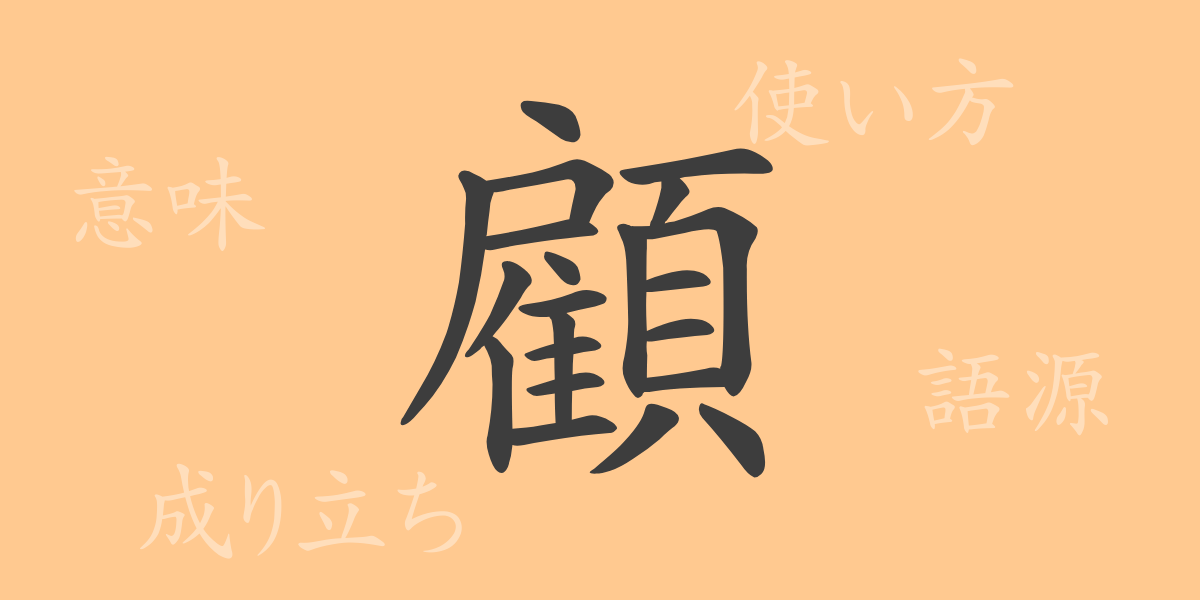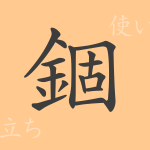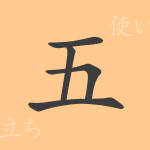In the rich cultural tapestry of Japanese script, commonly used kanji characters play an indispensable role in daily life. Among these, “顧” (かえりみる, コ) stands out as an important character frequently encountered in various contexts. This article delves into the meanings, origins, and significance of “顧” (かえりみる, コ) in the lives of Japanese people.
Origins of 顧 (Etymology)
The kanji “顧” (かえりみる, コ) has been used in China for centuries, depicting a person looking back over their shoulder. Originally an ideogram representing the act of turning one’s head to look back, it has evolved to encompass meanings like reflecting on the past and considering or taking into account. Thus, “顧” (かえりみる, コ) has expanded from a simple physical action to include thoughtful contemplation and consideration over time.
Meanings and Usage of 顧
“顧” (かえりみる, コ) fundamentally means “to look back” or “to reflect.” It can also signify “to care” or “to consider.” In Japanese, “顧みる” (かえりみる) is commonly used to express reflecting on one’s actions or past events. In business contexts, terms like “顧客” (こきゃく, customer) denote someone who is valued and cared for, emphasizing the importance of attention and consideration.
Reading, Stroke Count, and Radical of 顧
The kanji “顧” (かえりみる, コ) has various readings and structural characteristics in Japanese.
- Readings: On’yomi (音読み) is “コ” (こ), and Kun’yomi (訓読み) is “かえりみる” (かえりみる).
- Stroke count: 21 strokes.
- Radical: The radical is 頁 (おおがい), which represents the head.
Idioms, Phrases, and Proverbs Using 顧
There are many idioms, phrases, and proverbs that incorporate “顧” (かえりみる, コ), each carrying profound meanings. For instance, “顧客満足” (こきゃくまんぞく, customer satisfaction) is a key objective in business, while “回顧録” (かいころく, memoir) refers to an autobiography that reflects on the past. Additionally, “顧みれば” (かえりみれば) is a literary expression used when looking back on past events, often seen in poetry and prose. These terms play a significant role in our linguistic life.
Summary of 顧
Each kanji character carries a multitude of meanings depending on its context. “顧” (かえりみる, コ) is no exception, evolving from its basic meaning of “looking back” to encompass thoughtful consideration and care. Used in various contexts from business to daily conversations and literary works, “顧” (かえりみる, コ) symbolizes the richness of the Japanese language. Through this article, we hope to deepen readers’ understanding of “顧” (かえりみる, コ) and enhance their appreciation of the expressive power of Japanese.

























